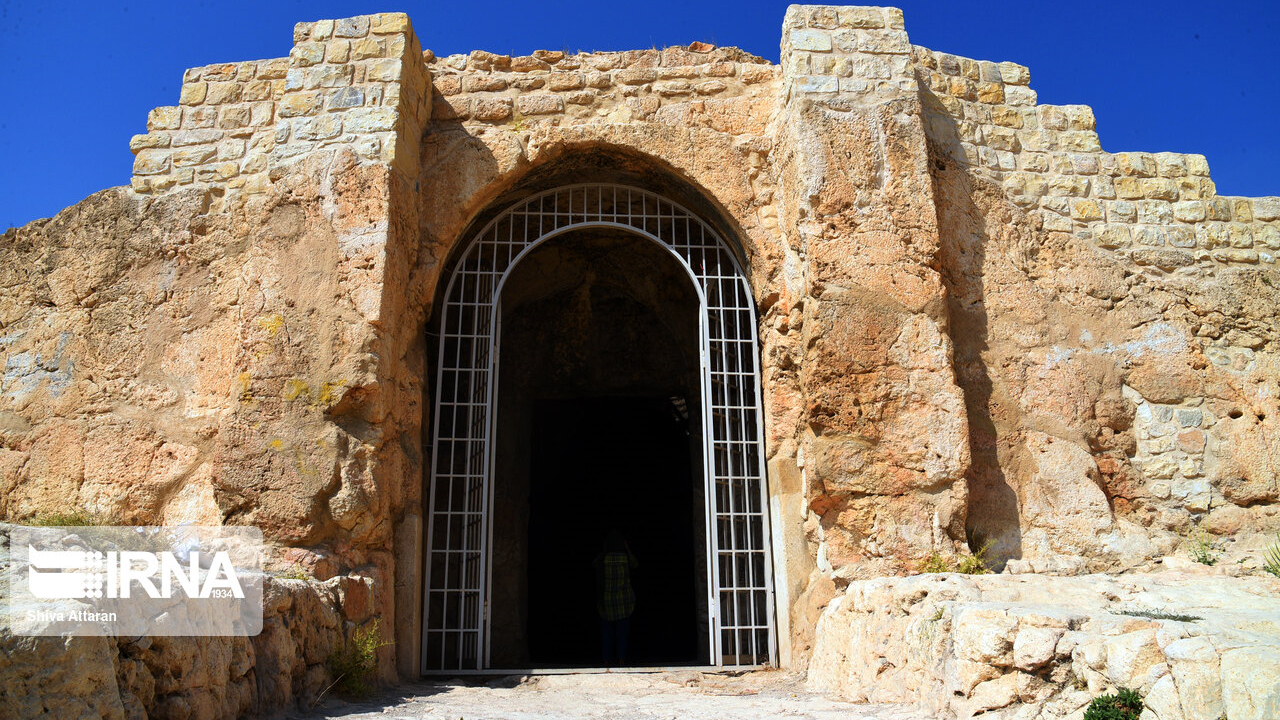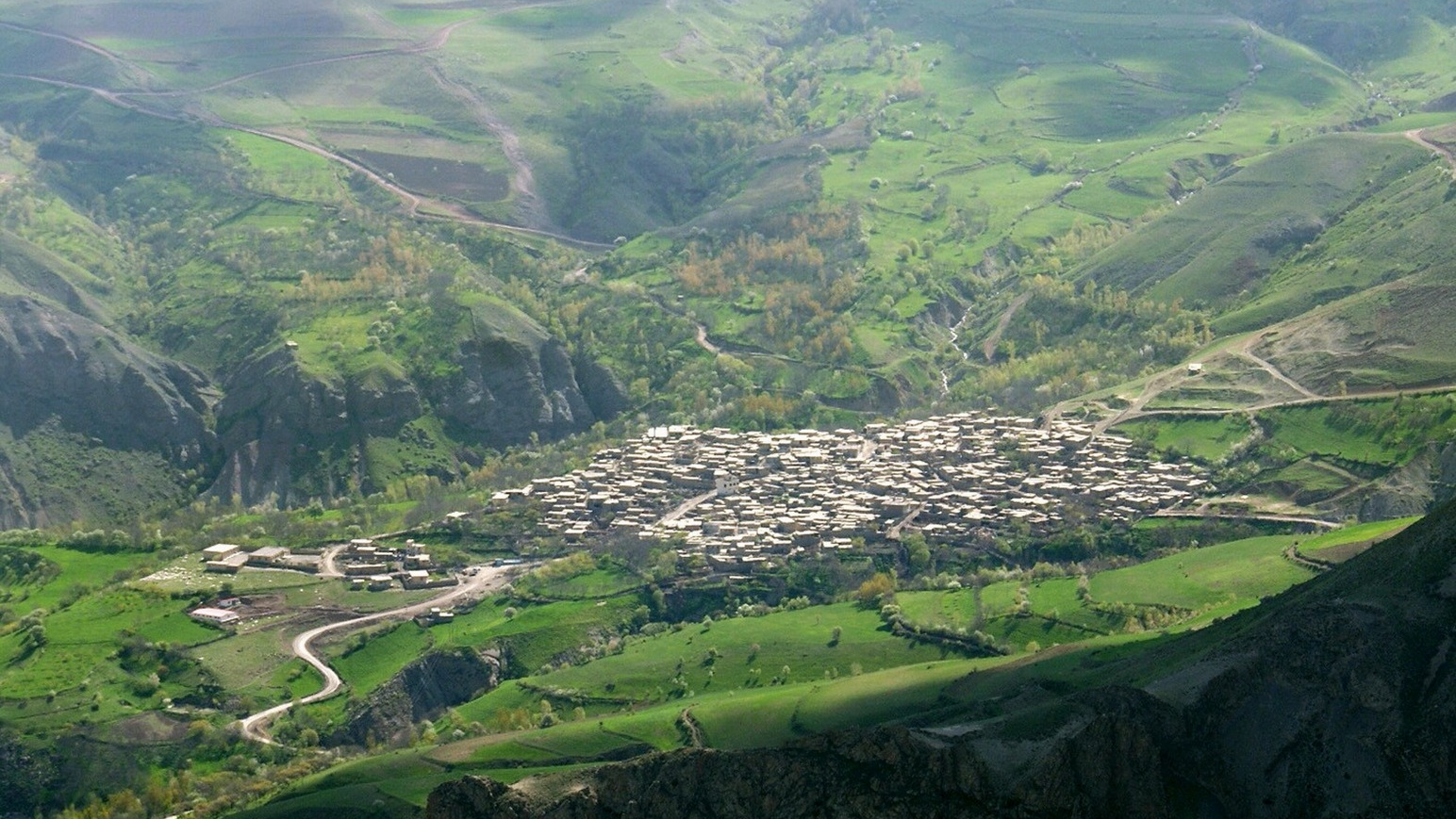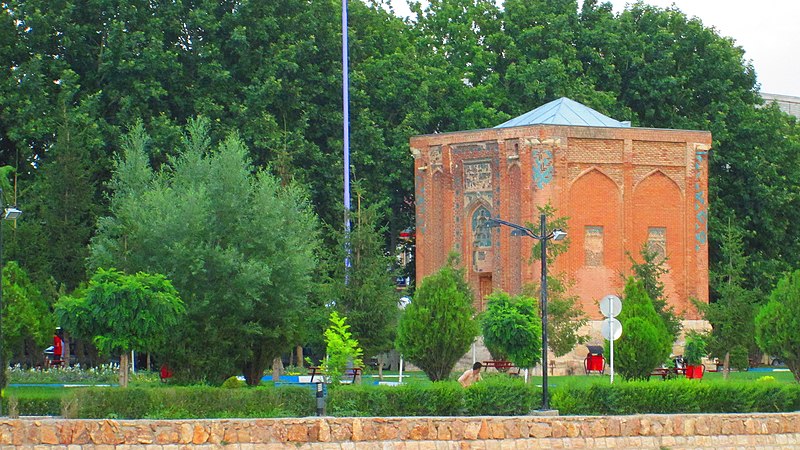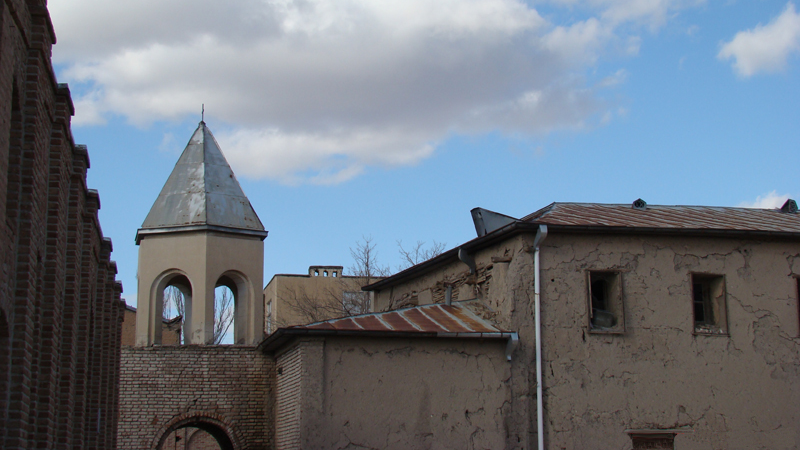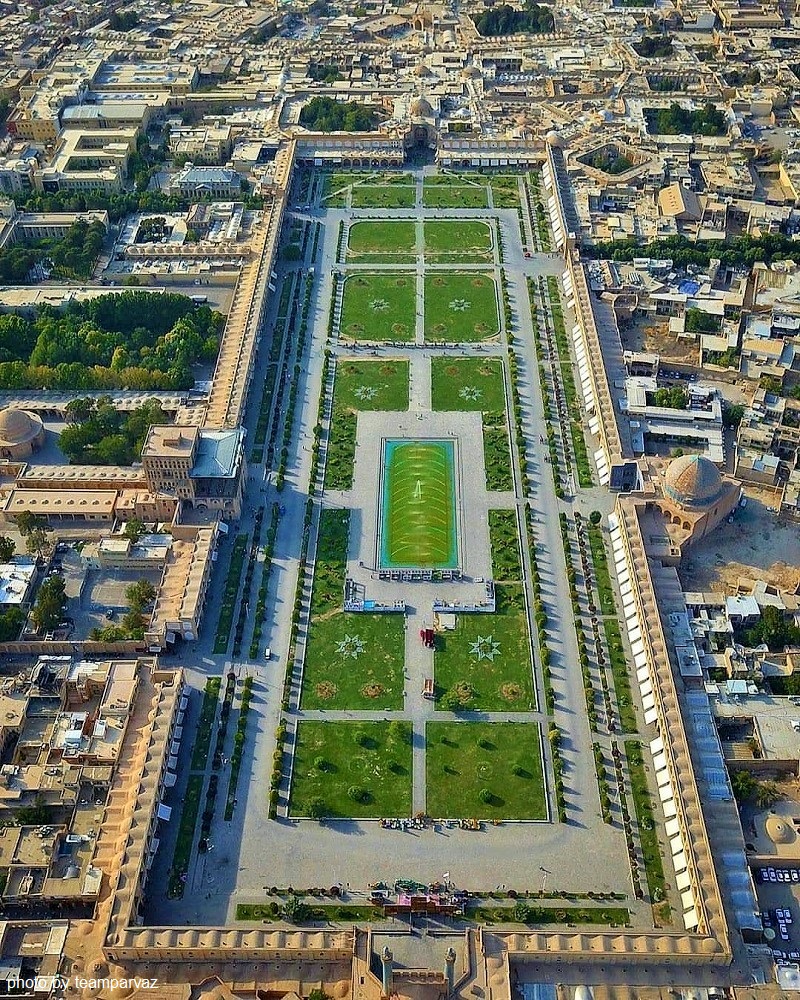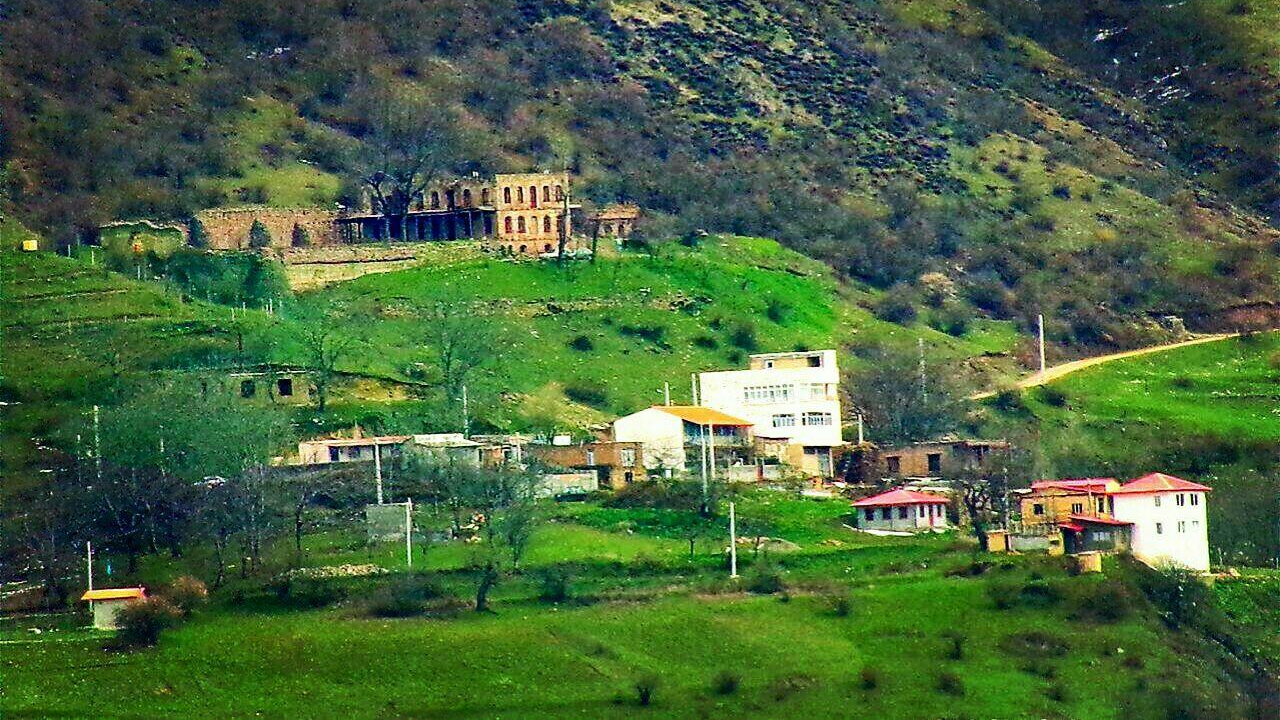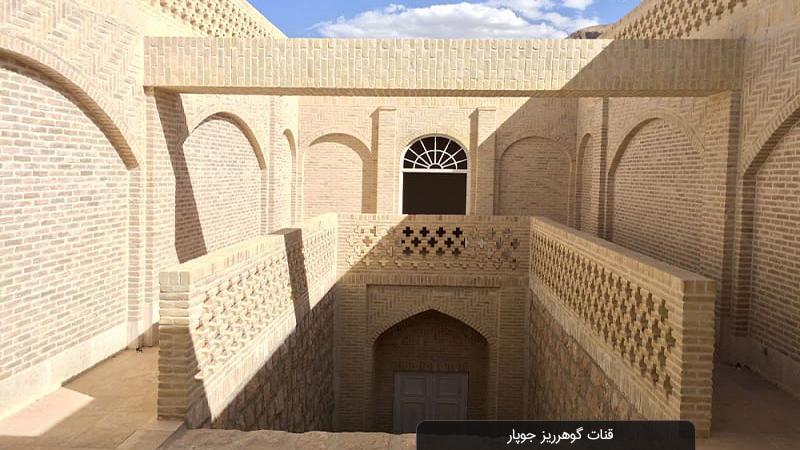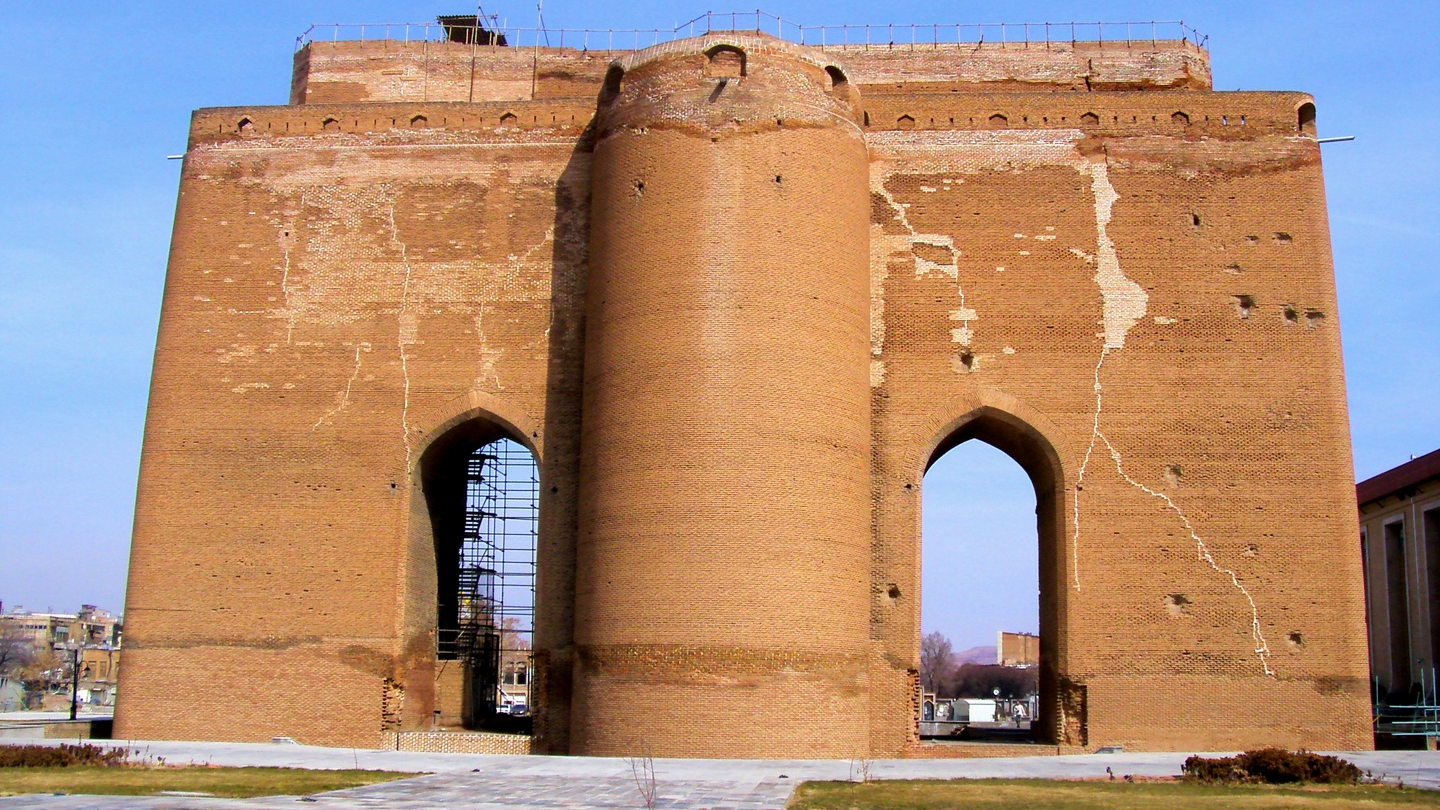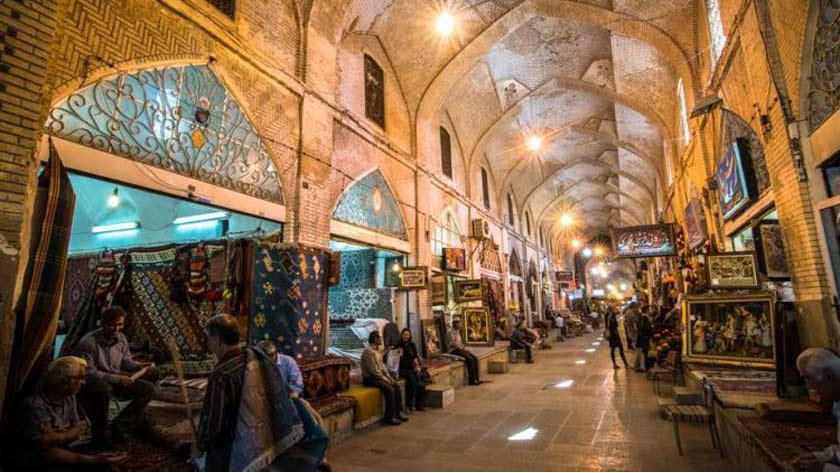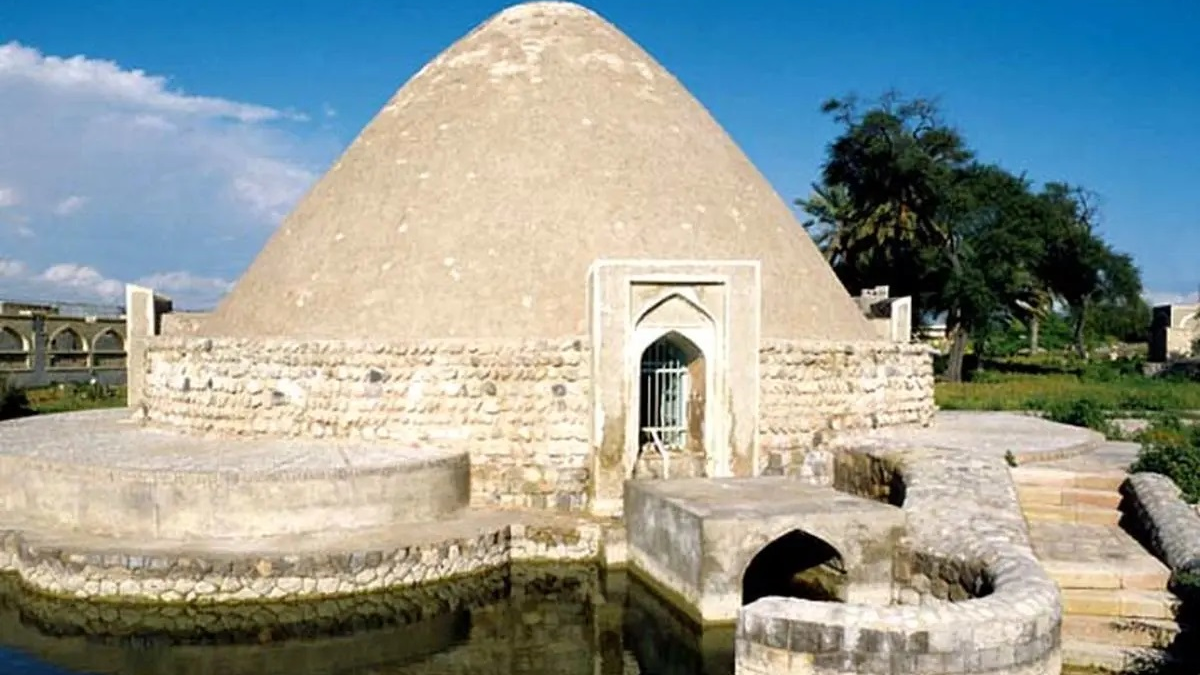
The Shrine of Sheikh Ahmad Fahadan, a striking architecture with a unique dome
Since ancient times, Iranians have held their scholars in high esteem, considering the construction of mausoleums and shrines for them both a reward for their lifelong efforts and a symbol of continuing their legacy. For this reason, numerous shrines can be found across Iran. Many of these shrines today hold significant historical value — among them, the Shrine of Sheikh Ahmad in the city of Yazd. This place is not only revered because of the figure buried within but also admired as a remarkable example of desert architecture. Standing before this shrine and gazing at its simple dome and the intricate, graceful lines formed with sun-dried bricks offers an indescribable sense of beauty and tranquility.
Where is the Shrine of Sheikh Ahmad located?
If you have studied the city of Yazd and its history, you have likely come across the name Fahadan — one of the oldest neighborhoods in Yazd, situated within the city’s historic core, which, along with several surrounding districts, is inscribed on the UNESCO World Heritage List. It is said that the Fahadan neighborhood was founded during the reign of Sultan Qutb al-Din ibn Aziz al-Din Langar, a ruler of the Atabakan dynasty who governed Yazd in the 7th century AH (13th century CE). The Sultan was known for his great fondness for cheetahs, which led to the area being called “Yuzdaran,” meaning “the place where cheetah keepers and caretakers lived.”
Who is buried in the Shrine of Sheikh Ahmad?
Two brothers, Sheikh Ahmad and Sheikh Mohammad, are buried in this shrine. Both are regarded as renowned mystics of Yazd. They were natives of Esfanjerd (located in what is now Ashkezar County), once one of the important settlements of Yazd that was abandoned several centuries ago for unknown reasons, leaving no trace behind. The brothers were engaged in shawl-making, an ancient craft related to fabric weaving, which has now become obsolete. In midlife, they migrated to Yazd, where they gained deep respect among the people.
The Khezr Mosque, of which remnants are still visible today, was one of the structures belonging to this complex. Inside the mausoleum, there is a mihrab that still bears traces of ancient tiles. The interior walls are plastered and adorned with azure decorations, featuring inscriptions of Quranic verses and divine names. The mausoleum is crowned with a magnificent brick dome, topped by a structure resembling a minaret. Experts believe that this distinctive dome form — unlike the domes commonly seen in mosques and Imamzadeh shrines — was used because the person buried here was a Sufi mystic, not an Imamzadeh. This dome is considered the only surviving example of its kind. The area beneath the dome measures approximately 7 by 8.5 meters. In the southern part of the mausoleum, there is a mihrab with traces of old azure tiles remaining. The mausoleum has only one entrance, which connects to the interior through a covered mud-brick corridor. About a hundred years ago, a tombstone that once stood inside the mausoleum was transferred to the Mausoleum of the Twelve Imams and installed there. Another fragmented tombstone, belonging to a man named Taqi al-Din Hassan Esfanjerdi, was also moved from this site to the Jameh Mosque of Yazd. Historical sources provide no information about this individual’s identity, date of death, or his relation to Sheikh Ahmad. Over the centuries, many of the shrine’s decorations have been lost, yet its splendor remains captivating and well worth seeing.
History of the Shrine of Sheikh Ahmad Fahadan
According to historical evidence, Sheikh Ahmad passed away in 725 AH (1325 AD) and Sheikh Mohammad in 735 AH (1335 AD); both were buried in this shrine. The complex once included a mosque and a khanqah (Sufi lodge), which have since been destroyed, leaving only the main structure crowned by the dome. The shrine is attributed to the Ilkhanid period (13th–14th centuries AD).
National Registration of the Shrine of Sheikh Ahmad Fahadan
This shrine was inscribed on Iran’s National Heritage List in 1967 (1346 Solar Hijri).
| Name | The Shrine of Sheikh Ahmad Fahadan, a striking architecture with a unique dome |
| Country | Iran |
| State | Yazd |
| City | Yazd |
| Type | Historical |
| Registration | National |


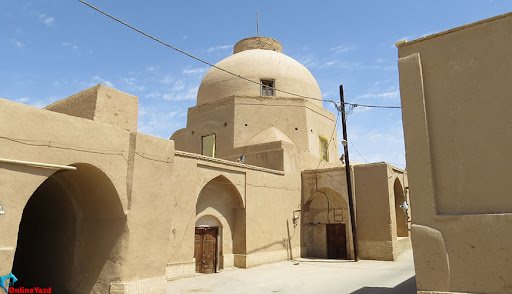



Choose blindless
Red blindless Green blindless Blue blindless Red hard to see Green hard to see Blue hard to see Monochrome Special MonochromeFont size change:
Change word spacing:
Change line height:
Change mouse type:

